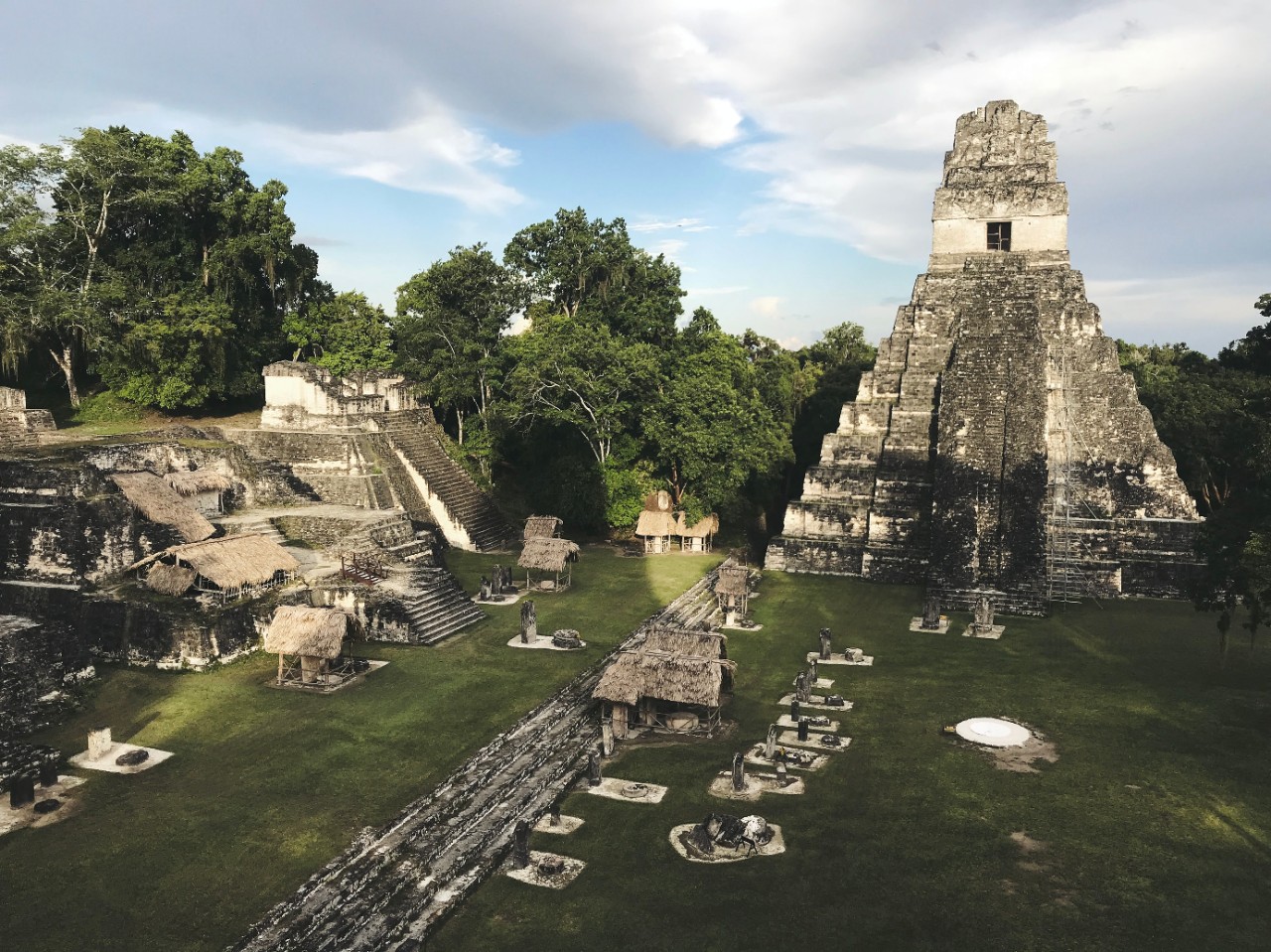
WaPo: Ancient Maya beat heat by planting trees
KidsPost highlights UC archaeology research in ancient Maya city
The Washington Post highlighted a new study by a team of researchers at the University of Cincinnati that found the ancient Maya preserved natural vegetation around its reservoirs in the city of Tikal.
UC found that these critical sources of city drinking water were lined with trees and wild vegetation that would have provided scenic natural beauty in the heart of the busy city.
UC researchers developed a novel system to analyze ancient plant DNA in the sediment of Tikal’s temple and palace reservoirs to identify more than 30 species of trees, grasses, vines and flowering plants that lived along its banks more than 1,000 years ago. Their findings painted a picture of a lush, wild oasis.
UC geography professor Nicholas Dunning talked to the Post for its KidsPost section.
“It was quite a remarkable place, with towering temples poking up above the top of the rainforest,” Dunning told the Post.
He is a co-author of the study published in the Nature journal Scientific Reports.
“Almost all of the city center was paved. That would get pretty hot during the dry season,” said paleoethnobotanist David Lentz, a professor of biology in UC’s College of Arts and Sciences and lead author of the study.
“So it would make sense that they would have places that were nice and cool right along the reservoir,” he said. “It must have been beautiful to look at with the water and trees and a welcome place for the kings and their families to go.”
Featured image at top: The ancient Maya city of Tikal. Photo/Jimmy Baum/Unsplash
Related Stories
Make way for Wawa
June 6, 2025
Wawa opened its doors to Liberty Township this spring to long lines and fanfare. The gas station and c-store’s expansion into greater Cincinnati comes just months after rival Sheetz opened its first southern Ohio location in Franklin. The Cincinnati Business Courier sought out University of Cincinnati professor Michael Jones’ insights on what it means for hometown giant, UDF.
UC College of Medicine students honored as Physicians of Tomorrow
June 6, 2025
Two UC College of Medicine students, Delia Sosa and Lauren Schaffer, have been awarded the prestigious AMA Foundation Physicians of Tomorrow scholarship, recognizing their leadership, advocacy and vision for the future of health care.
Ohio medical regulators raise concerns over retail IV therapy...
June 6, 2025
On May 15, the State Medical Board of Ohio, Ohio Board of Pharmacy and Ohio Board of Nursing issued a joint regulatory statement addressing patient safety concerns when it comes to retail IV therapy clinics. The clinics administer a combination of saline, vitamins, electrolytes and amino acids, as well as headache relief and anti-nausea medications through an intravenous drip. Clinics in the Cincinnati area have made claims that their treatments can treat dehydration better than water alone, while also boosting immunity, improving gut health and maintaining healthy joints. On Cincinnati Edition recently, experts talked about the risks associated with retail IV hydration and if these services offer effective solutions to the health concerns they target.
